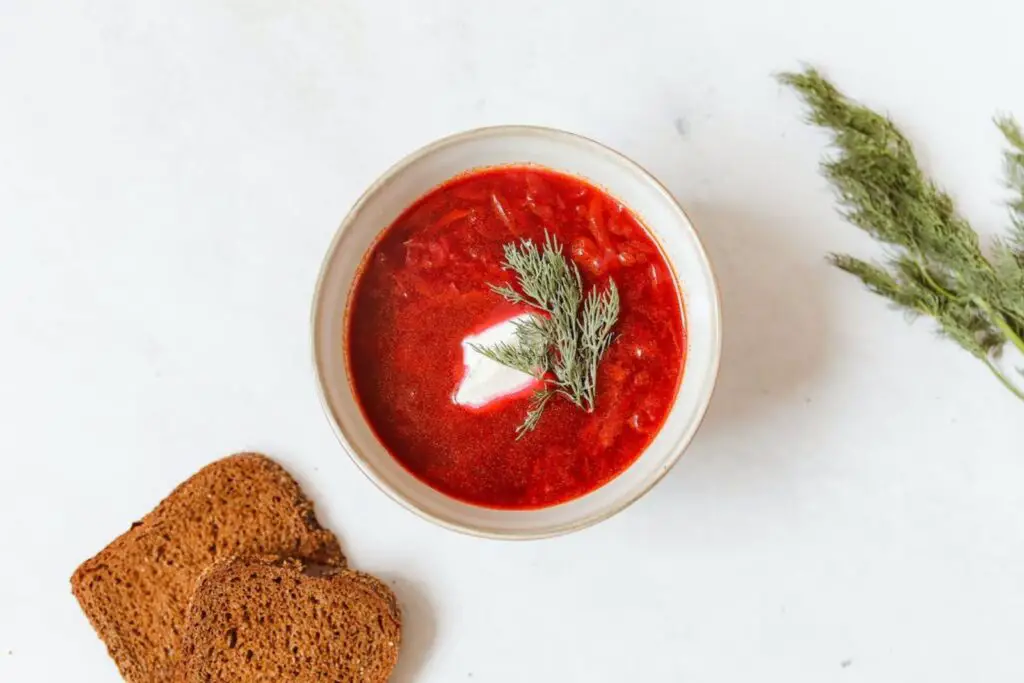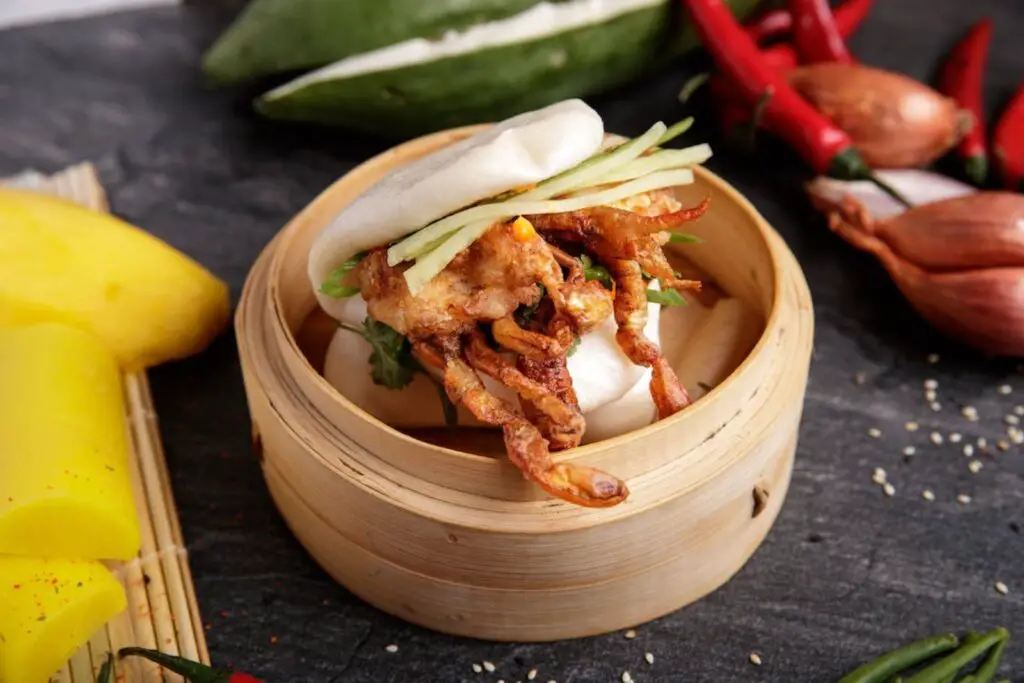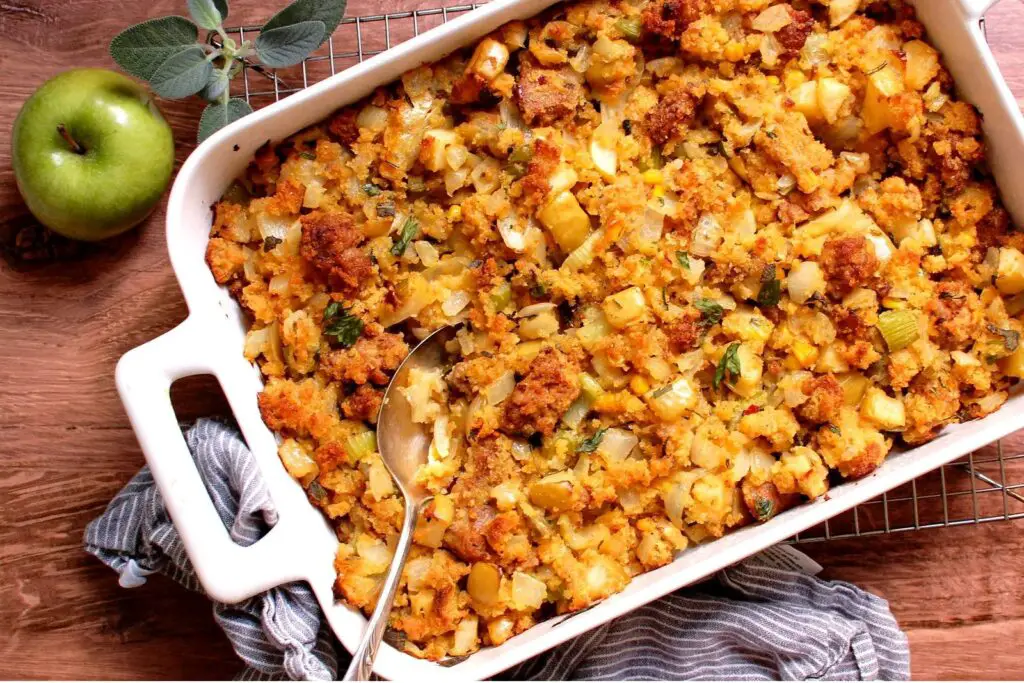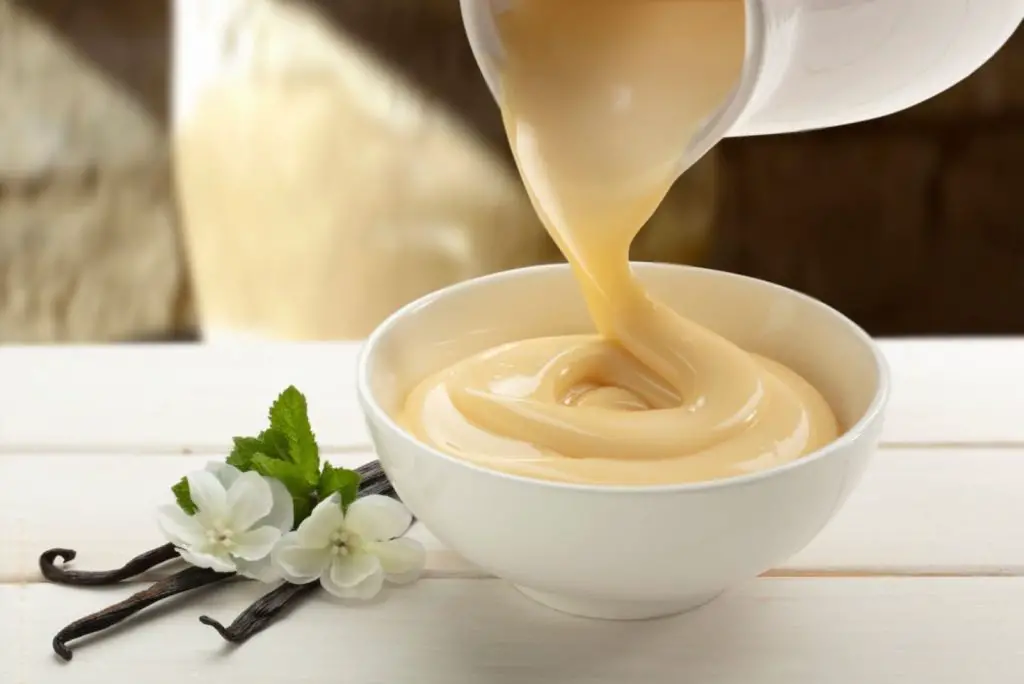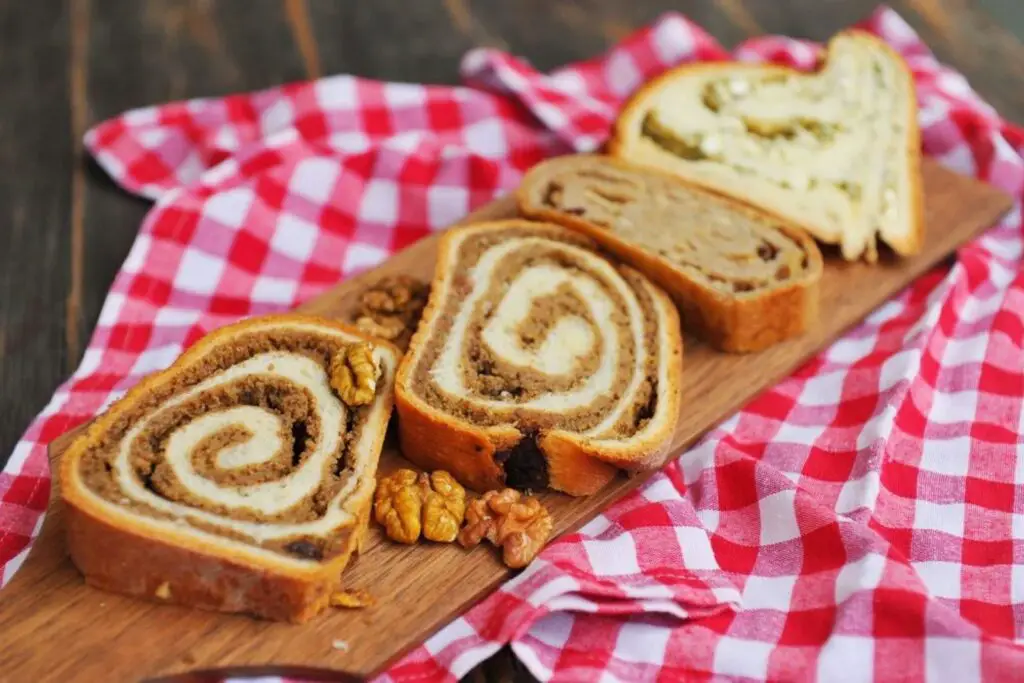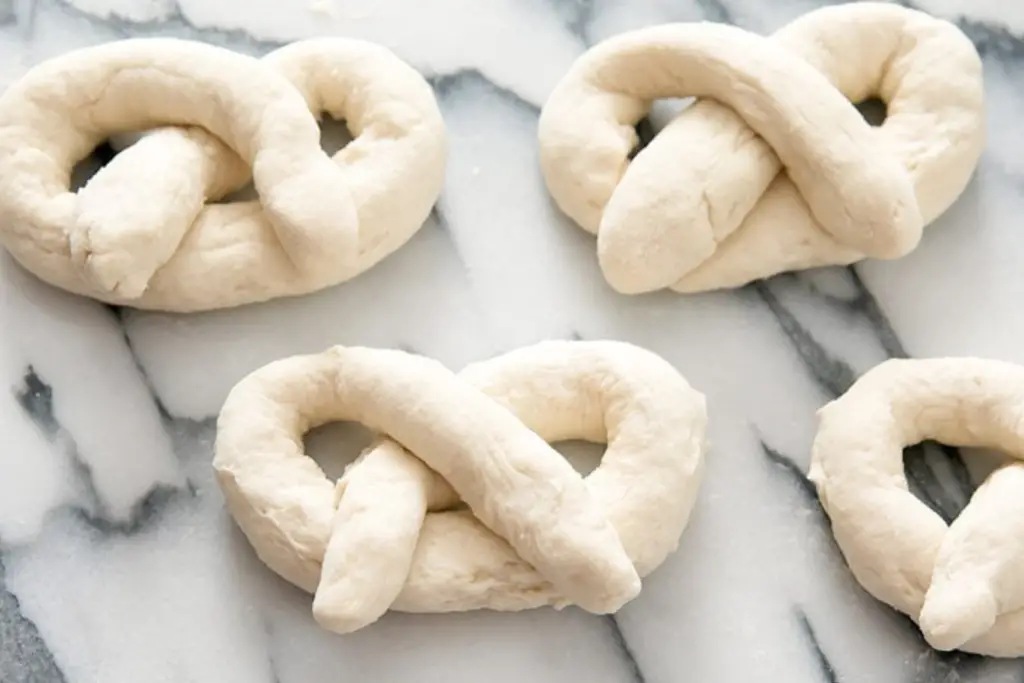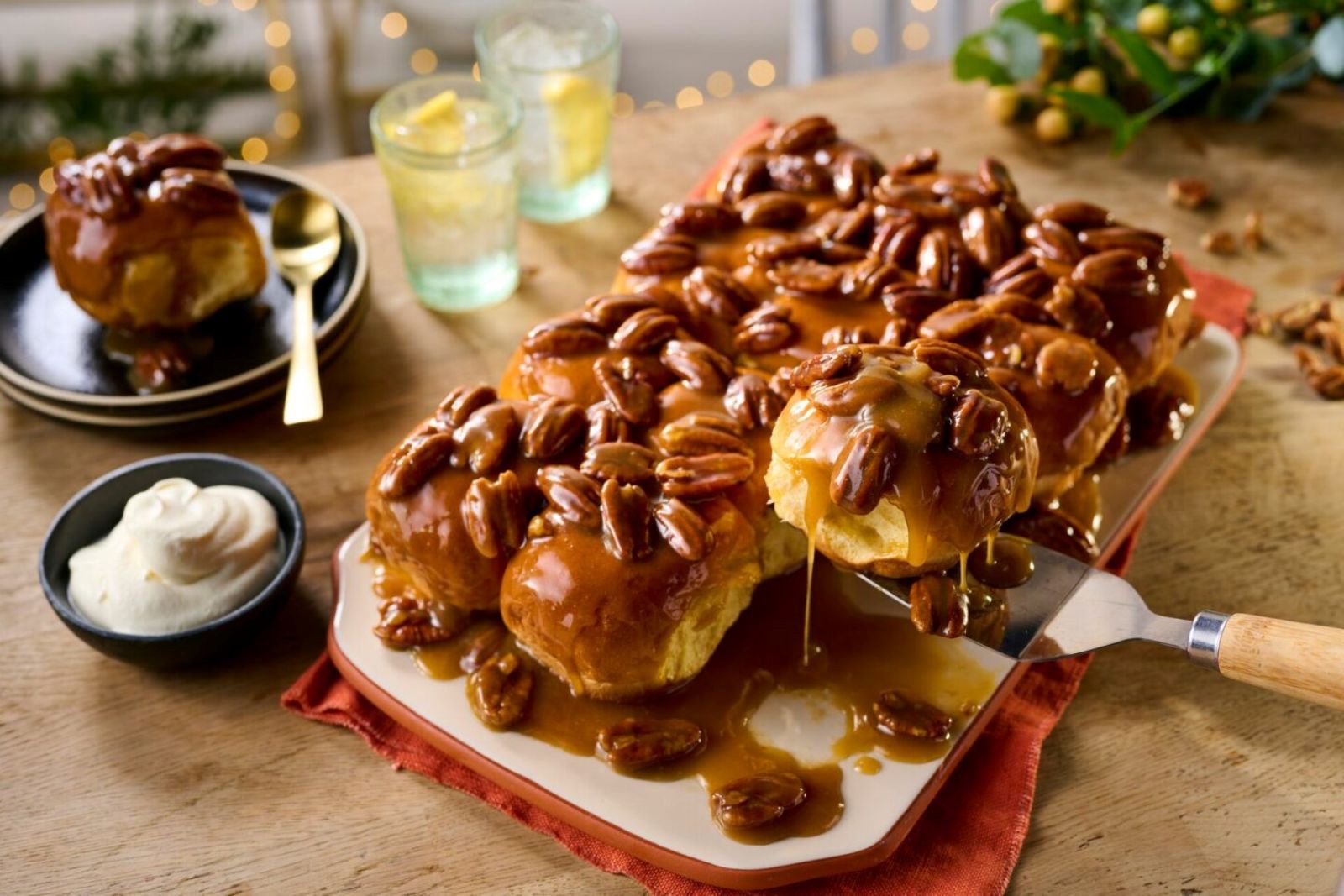
Sticky buns are a delicious treat enjoyed by many. These sweet pastries, often topped with caramel and nuts, are a popular choice for breakfast or dessert. If you find yourself with leftover sticky buns or simply want to prepare them in advance, freezing is a great option to preserve their flavor and texture. By following a few simple steps, you can successfully freeze sticky buns and enjoy them at a later time. In this article, we will provide a comprehensive guide on freezing sticky buns, ensuring they remain as tasty and delightful as when they were freshly baked.
Here’s a guide on how to freeze sticky buns:
Step 1: Choose fresh sticky buns
When it comes to freezing sticky buns, starting with fresh ones is essential for preserving their taste and texture. Freshly baked sticky buns have the optimal flavor and consistency, which will translate into a more enjoyable treat after they have been frozen and thawed.
Freshly baked sticky buns are typically soft, moist, and rich in flavor. The dough is tender, and the toppings, such as caramel and nuts, are at their peak deliciousness. By freezing these buns at their best, you ensure that they will retain their original qualities when you’re ready to indulge in them later.
If you attempt to freeze sticky buns that are past their prime, they may already have started to dry out or lose their softness. Freezing won’t restore their freshness, and when thawed, they may end up being less appetizing and not as enjoyable to eat.
When choosing sticky buns to freeze, look for those that have been recently baked or purchased from a reputable bakery. They should appear moist, with the dough still soft and the toppings luscious and flavorful. The freshness of the sticky buns will be evident in their aroma and overall appearance.
Step 2: Allow the buns to cool
After selecting fresh sticky buns to freeze, it’s important to let them cool completely before proceeding with the freezing process. Allowing the buns to cool serves a crucial purpose in maintaining their texture and preventing potential issues when they are thawed later on.
When sticky buns come out of the oven, they are typically warm and may still contain residual heat. If you attempt to freeze them while they are still warm, the trapped heat will create condensation inside the packaging or container. This moisture can lead to sogginess when the buns are thawed, resulting in a less desirable texture and potential loss of flavor.
By allowing the sticky buns to cool completely, you give them time to reach room temperature. This cooling process helps dissipate any remaining heat and allows excess moisture to evaporate. As a result, when you freeze the cooled sticky buns, you minimize the risk of excess moisture being trapped and affecting their texture.
Cooling the sticky buns also helps to maintain their structural integrity. While warm, the dough and toppings are softer and more susceptible to deformation or sticking together. Allowing them to cool ensures that they retain their original shape and individuality, making it easier to handle and package them for freezing.
To cool the sticky buns, place them on a wire rack or a clean, dry surface. This allows for better airflow and even cooling. Depending on the size and thickness of the buns, it may take anywhere from 30 minutes to an hour for them to cool completely.
Step 3: Wrap individually
Once the sticky buns have cooled completely, the next step in freezing them is to wrap each bun individually. This important step helps preserve the quality of each bun and offers several benefits when it comes to storing and thawing them later.
By wrapping the sticky buns individually, you create a barrier that prevents them from sticking together. The sticky caramel or other toppings on the buns can easily adhere to one another if they come into direct contact during freezing. Individually wrapping each bun with plastic wrap or aluminum foil ensures that they remain separate entities, maintaining their shape and integrity.
Moreover, individual wrapping allows for easier portioning. When you freeze the sticky buns as a batch without separating them, thawing only a portion can be challenging. You would need to thaw the entire batch, and the buns may stick together, making it difficult to separate and serve them individually. By wrapping them individually, you can easily take out and thaw only the number of buns you desire, leaving the rest undisturbed in the freezer.
The choice of wrapping material is important as well. Plastic wrap or aluminum foil provides a protective layer that helps maintain the moisture and flavor of the sticky buns while in the freezer. Ensure that the individual wrap is tightly sealed to prevent air from entering, as exposure to air can lead to freezer burn and the loss of quality over time.
When wrapping the sticky buns individually, make sure to cover the entire surface of each bun, including the top, sides, and bottom. This will help prevent any part of the bun from being exposed to the cold air in the freezer, which can cause drying out or freezer burn.
Can I freeze sticky buns that have been sliced?
Yes, you can freeze sliced sticky buns. However, keep in mind that individual slices may be more prone to drying out compared to whole buns. To minimize this, wrap the slices tightly in plastic wrap or place them in an airtight container before freezing. Thaw and reheat individual slices as needed.
Step 4: Place in a freezer-safe container
Once you have individually wrapped the sticky buns, the next step is to transfer them into a freezer-safe container. While the individual wrapping provides a level of protection, placing the wrapped buns in a container adds an extra layer of defense against freezer burn and helps maintain their freshness for a longer period.
A freezer-safe container serves as a protective enclosure that shields the sticky buns from temperature fluctuations and exposure to air. It helps create a controlled environment within the freezer, reducing the chances of freezer burn, which can negatively affect the taste and texture of the buns.
Freezer burn occurs when food is exposed to air in the freezer, causing moisture to evaporate and leaving behind dry, dehydrated patches. This can lead to changes in the texture, taste, and overall quality of the sticky buns. By placing them in a freezer-safe container, you minimize their exposure to air and decrease the risk of freezer burn.
When selecting a freezer-safe container, choose one that is durable, airtight, and specifically designed for freezer use. Options include plastic containers with tight-fitting lids, freezer bags, or glass containers with airtight lids. Ensure that the container is clean and dry before placing the individually wrapped sticky buns inside.
Arrange the wrapped buns neatly in the container, leaving some space between each bun to maintain airflow and prevent them from getting squished together. Avoid overpacking the container, as this can lead to unnecessary pressure on the buns and may result in their deformation.
Seal the freezer-safe container securely to create a tight seal that prevents air from entering. This will help preserve the moisture and flavor of the sticky buns, ensuring they stay fresh and delicious during their time in the freezer.
Step 5: Seal and label the container
After placing the individually wrapped sticky buns in a freezer-safe container, it’s crucial to seal the container tightly and label it appropriately. This step is essential for maintaining the quality and flavor of the sticky buns during their time in the freezer and allows for easy identification and organization.
Sealing the container tightly is important to prevent air from entering. Air exposure can lead to freezer burn, which causes the moisture in the sticky buns to evaporate, resulting in dry, dehydrated patches and potential flavor loss. A tight seal ensures that the buns are protected from air circulation, maintaining their moisture and taste.
Check that the lid or closure of the freezer-safe container is secure and properly fitted. This will help create an airtight environment within the container, minimizing the chances of air infiltration.
Labeling the container is equally important. Clearly write the date of freezing on the container, as this will serve as a reference for the duration of storage. It allows you to keep track of how long the sticky buns have been in the freezer and helps you prioritize consuming the oldest ones first to maintain their optimal quality.
In addition to the date, you may choose to include other relevant information on the label, such as the type of sticky buns or the serving size. This information can be helpful when planning future meals or when sharing the frozen sticky buns with others.
Step 6: Freeze the sticky buns
After sealing and labeling the container of individually wrapped sticky buns, it’s time to place it in the freezer. Proper freezing is crucial to maintain the quality, taste, and texture of the sticky buns over an extended period. To ensure the best results, it’s important to choose an appropriate location in the freezer and maintain a consistently low temperature.
Place the container of sticky buns on a freezer shelf or compartment that maintains a constant temperature of 0°F (-18°C) or below. This temperature range is ideal for freezing food, as it inhibits bacterial growth and helps preserve the quality of the sticky buns.
Consistency in temperature is essential to maintain the integrity of the sticky buns during freezing. Fluctuations in temperature can cause ice crystals to form, which can affect the texture and taste of the buns. By selecting a freezer shelf or compartment that provides a stable and uniform freezing environment, you minimize the risk of temperature fluctuations and ensure the best preservation of the sticky buns.
It’s important to note that the freezer should not be overcrowded. Adequate space between items allows for proper airflow, ensuring efficient freezing and minimizing the chances of uneven freezing or the formation of ice crystals. Avoid placing the sticky buns near the freezer door or in areas where they may be exposed to warm air when the freezer is opened frequently.
The length of time required to freeze the sticky buns will depend on various factors, including the size and thickness of the buns, the efficiency of your freezer, and the surrounding conditions. Typically, it takes a few hours for the sticky buns to freeze completely.
How long can sticky buns last in the freezer?
Sticky buns can last in the freezer for up to 3 months without significant loss in quality. Properly stored and sealed in a freezer-safe container, they can retain their flavor, texture, and freshness for an extended period. However, it is recommended to consume them within the first 1-2 months for the best taste and overall experience.
Step 7: Thaw and reheat as needed
When the time comes to enjoy your frozen sticky buns, it’s important to thaw them properly before reheating. Thawing allows the buns to regain their original texture and flavor. Once thawed, you can reheat them in the oven or microwave to restore their warmth and gooey goodness. Here’s how to do it:
- Remove the desired number of sticky buns from the freezer. Keep in mind the quantity you wish to thaw and consume, leaving the rest in the freezer for later enjoyment.
- Place the frozen sticky buns on a plate or a baking sheet lined with parchment paper to catch any drips or crumbs.
- Allow the sticky buns to thaw at room temperature. This typically takes a couple of hours, but the exact time will depend on the size and thickness of the buns. Thawing at room temperature ensures a more even thawing process and helps the buns regain their softness and moisture.
- Once the sticky buns have thawed completely, you can choose to enjoy them at room temperature or reheat them for a warm treat.
- To reheat in the oven, preheat it to a moderate temperature (around 325°F or 160°C). Place the thawed sticky buns on a baking sheet and heat them in the oven for about 10-15 minutes, or until they reach your desired level of warmth. Keep a close eye on them to avoid over-browning or drying out.
- If you prefer a quicker option, you can use a microwave. Place the thawed sticky buns on a microwave-safe plate and heat them in short intervals of 15-30 seconds. Check their warmth after each interval and continue heating until they reach your desired temperature.
- Remember to follow the original baking instructions if available, as they will provide guidance on the ideal time and temperature for reheating.
Other related questions
Can I refreeze sticky buns?
Refreezing sticky buns is generally not recommended. Once sticky buns have been thawed, refreezing can negatively impact their quality, texture, and taste. The process of freezing and thawing can lead to moisture loss, resulting in dry and less enjoyable sticky buns. It is best to consume the thawed sticky buns promptly rather than attempting to refreeze them.
How do I know if the sticky buns have gone bad after being frozen?
To determine if frozen sticky buns have gone bad, look for signs of freezer burn, such as discolored or dried-out areas on the buns. If the buns have an off odor or taste, it is an indication of spoilage. Additionally, if the texture is significantly altered, with a mushy or grainy consistency, it may suggest that the buns are no longer suitable for consumption. When in doubt, it is safest to discard any frozen sticky buns that exhibit these signs of spoilage.
Can I freeze sticky buns with toppings like caramel or nuts?
Yes, you can freeze sticky buns with toppings. However, keep in mind that the texture of the toppings may slightly change upon thawing. For the best results, you may consider adding fresh toppings after reheating the thawed sticky buns.
Can I freeze sticky buns with fruit fillings?
Yes, you can freeze sticky buns with fruit fillings. However, it’s important to note that the texture of the fruit filling may become slightly softer upon thawing. To minimize potential sogginess, make sure the fruit filling is well-contained within the sticky bun and avoid overfilling. Proper wrapping and storage will help maintain the overall quality of the buns.
Can I freeze sticky buns with different flavors or variations?
Yes, you can freeze sticky buns with different flavors or variations. Whether they have different fillings, toppings, or dough variations, you can freeze them following the same freezing process. Ensure that each variation is individually wrapped and labeled to easily identify them when thawing and reheating.
Can I freeze sticky buns that have been partially eaten?
It’s generally best to freeze sticky buns that have not been partially eaten to maintain their overall quality. Partially eaten sticky buns may have different levels of exposure to air, potentially affecting their texture and taste. It’s recommended to freeze leftover sticky buns in their entirety for the best freezing and thawing results.
Can I freeze sticky buns made with gluten-free or alternative flours?
Yes, you can freeze sticky buns made with gluten-free or alternative flours. The freezing process remains the same regardless of the type of flour used. Just ensure that the sticky buns are properly wrapped and stored to maintain their texture and taste. Follow the specific instructions for the alternative flour used in the original recipe for the best results.

